- Description
- Light/Soil/Water
- Hardiness
-
![]() Ficus repens, commonly known as Green Creeping Fig, is a vigorous, small-leaved vining plant valued for its ability to cover walls, trellises, and ground surfaces with dense, green foliage. Native to East Asia, this species naturally clings to trees, rocks, and other structures using small aerial rootlets along its stems. Its fine-textured leaves and strong climbing ability have made it a popular choice for both outdoor landscaping and indoor decoration. Over time, it can create a lush, living tapestry across a wide range of surfaces.
Ficus repens, commonly known as Green Creeping Fig, is a vigorous, small-leaved vining plant valued for its ability to cover walls, trellises, and ground surfaces with dense, green foliage. Native to East Asia, this species naturally clings to trees, rocks, and other structures using small aerial rootlets along its stems. Its fine-textured leaves and strong climbing ability have made it a popular choice for both outdoor landscaping and indoor decoration. Over time, it can create a lush, living tapestry across a wide range of surfaces.
![]() The plant’s juvenile foliage, which is most commonly seen indoors, features small, heart-shaped leaves with a fine texture and a bright to medium green color. As it matures, particularly in outdoor conditions, the leaves may become thicker, slightly leathery, and larger, often accompanied by a woody vine base. Indoors, Ficus repens typically remains in its juvenile form, forming dense mats or trailing gracefully from pots or hanging baskets. It can also be trained up moss poles, wire frames, or trellises to create vertical living displays.
The plant’s juvenile foliage, which is most commonly seen indoors, features small, heart-shaped leaves with a fine texture and a bright to medium green color. As it matures, particularly in outdoor conditions, the leaves may become thicker, slightly leathery, and larger, often accompanied by a woody vine base. Indoors, Ficus repens typically remains in its juvenile form, forming dense mats or trailing gracefully from pots or hanging baskets. It can also be trained up moss poles, wire frames, or trellises to create vertical living displays.![]() Compared to other Ficus species like Ficus benjamina or Ficus elastica, Ficus repens is distinct for its vining, spreading habit rather than upright tree-like growth. Its growth is fast under the right conditions, and regular trimming is often needed to maintain a neat appearance indoors. Because of its clinging habit, it is important to provide proper support when grown as a vertical feature to prevent attachment to unwanted surfaces, as its rootlets can adhere strongly to walls and structures.
Compared to other Ficus species like Ficus benjamina or Ficus elastica, Ficus repens is distinct for its vining, spreading habit rather than upright tree-like growth. Its growth is fast under the right conditions, and regular trimming is often needed to maintain a neat appearance indoors. Because of its clinging habit, it is important to provide proper support when grown as a vertical feature to prevent attachment to unwanted surfaces, as its rootlets can adhere strongly to walls and structures.
-
![]() Prefers bright, indirect light to encourage healthy, vigorous growth. It can tolerate moderate light but may grow more slowly and less densely in lower light conditions.
Prefers bright, indirect light to encourage healthy, vigorous growth. It can tolerate moderate light but may grow more slowly and less densely in lower light conditions.
![]() Water when the top 1–2 inches of soil feel dry, keeping the soil lightly moist but not soggy. Regular watering during the active growing season helps maintain lush foliage.
Water when the top 1–2 inches of soil feel dry, keeping the soil lightly moist but not soggy. Regular watering during the active growing season helps maintain lush foliage.![]() Requires a well-draining, fertile potting mix, such as a blend of peat moss, perlite, and standard indoor potting soil. Good drainage prevents root rot and supports vigorous climbing.
Requires a well-draining, fertile potting mix, such as a blend of peat moss, perlite, and standard indoor potting soil. Good drainage prevents root rot and supports vigorous climbing.![]() Grows best between 60–80°F (16–27°C). Avoid cold drafts and temperatures below 50°F (10°C), which can cause leaf drop or stunted growth.
Grows best between 60–80°F (16–27°C). Avoid cold drafts and temperatures below 50°F (10°C), which can cause leaf drop or stunted growth.
-
![]()
Zone 8-11
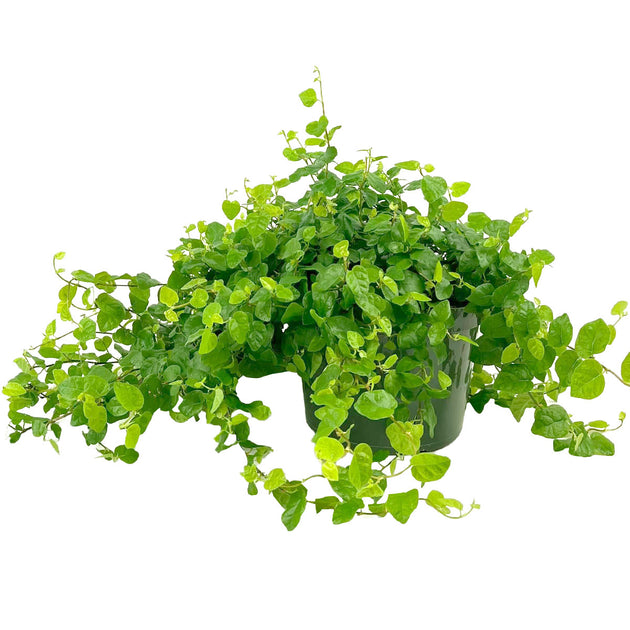

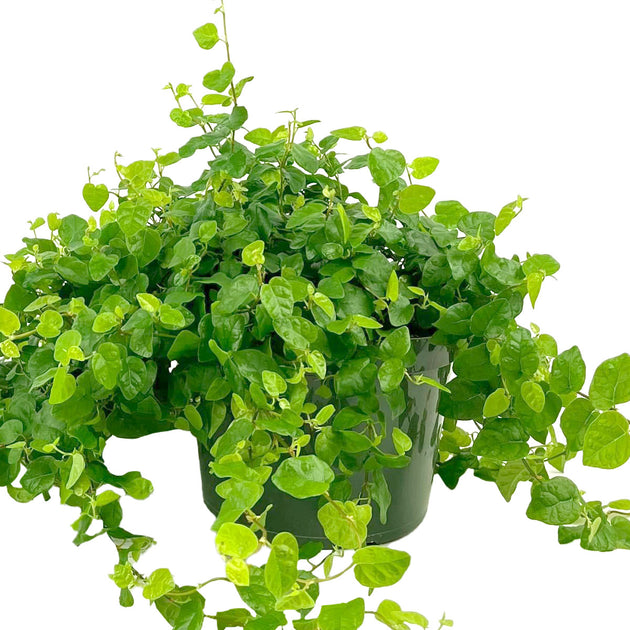
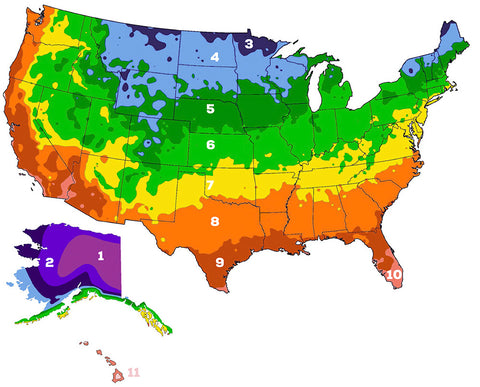
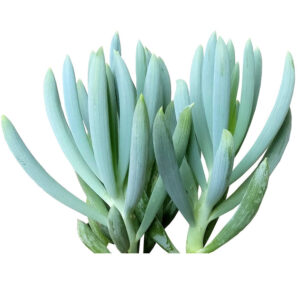
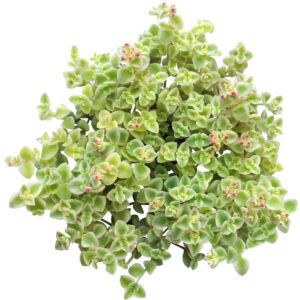

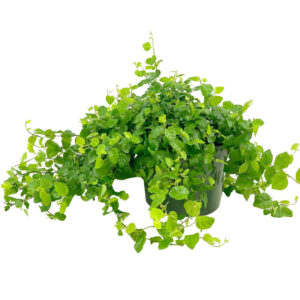
Reviews
There are no reviews yet.